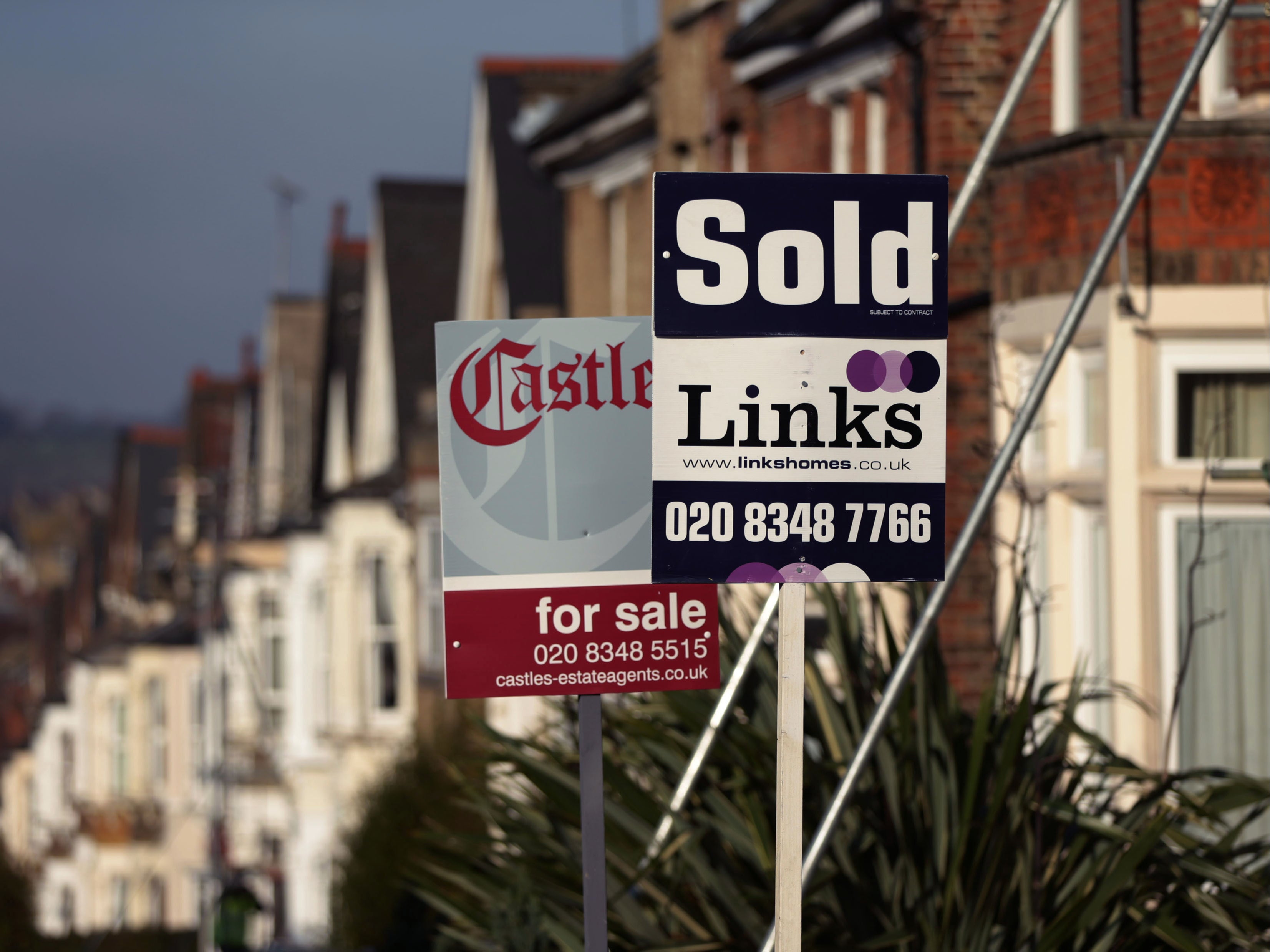House sales up nearly 25% in January from same time last year
Rush to beat end of stamp duty holiday on 31 March

The number of UK residential sales rose by nearly a quarter in January this year compared to the same month a year earlier, new figures from HM Revenue and Customs (HMRC) show.
The surge in transactions were led by buyers rushing to get ahead of the stamp duty holiday deadline in March 2021, with some 121,640 house sales recorded - marking a 24.1 per cent increase on January 2020, but 2.4 per cent down on December 2020.
However, the housing market is still playing catch-up compared with previous years, with transactions at their lowest in the financial year 2020/21 so far since the same period in 2012/13, when the total was 767,420.
HMRC said around 867,970 sales have taken place so far in 2020/21, which covers April 2020 to January 2021, compared with 978,530 during the same period a year earlier.
The department warned that the latest figures are based on incomplete data as not all stamp duty returns had been completed when the figures were compiled, and it expects to make revisions in the coming months.
Experts predict the number of house purchases to remain “very high” until March, as the stamp duty holiday ends on 31 March. The holiday, which applies in England and Northern Ireland, increased the “nil rate” band to £500,000.
Mike Scott, chief analyst at estate agency Yopa, said that after March, there will likely be a “drop off [in sales] for a few months before returning to normal”.
He said: “The year as a whole is likely to see a higher number of purchases than in recent years, perhaps as high as 1.3 million. The housing market has remained open during the recent and current lockdowns, but many people are still waiting for life to return closer to normal before they make their next move.
“After a brief slowdown in the second quarter after the stamp duty holiday ends, we anticipate a very active housing market in the second half of this year.”
The coronavirus pandemic forced the housing market to effectively shut down at the start of the crisis, but a temporary stamp duty cut in July and the reopening of the market have increased demand.
However, the rush to beat the stamp duty deadline pushed up prices of properties in the second half of 2020, with the average sale price in England and Wales for homemovers - which refers to those who are not first-time buyers - increasing by more than £57,790 in the six months to December 2020, to £431,327.
According to research by Halifax bank, first-time buyers were harder hit by the increase in house prices in the second half of the year. As house prices went from an average of £19,858 to £286,239 in the six months to December, first-time buyers needed a larger deposit of around £57,248 in order to get on the first rung of the property ladder.
Anna Clare Harper, chief executive of asset manager SPI Capital, said the increase in house sales were largely bolstered by existing homeowners, driven by a “desire to improve surroundings”, as well as the “release of pent-up supply and demand” from the period when the market was closed.
She said: ”Looking to the future, when (assuming) the temporary stamp duty reduction ends, we’re likely to see a slowdown in transactions. Challenging economic conditions make potential homebuyers less willing and able to buy.
“For investors of any scale, the good news is that throughout market cycles and changes, house prices in the UK have a track record of remaining stable, relative to other property markets internationally and other investments such as shares.
“In challenging times, house prices will generally slow down, rather than falling significantly, in particular in locations which have good prospects and amenities. Ultimately, housing has never felt so important as when we’re in lockdown, but throughout market changes, we all need a roof over our heads and supply of new homes is limited.”





Join our commenting forum
Join thought-provoking conversations, follow other Independent readers and see their replies
Comments